PLAYING the lead character in Jack in the Beanstalk, actor Nikhil Singh Rai hopes he can “light a spark” in young south Asians to think about acting as a career path.
The panto will be staged at the Stratford East Theatre, an area with a large ethnic minority population which Rai says makes it even more important that the audience can see someone on stage that they can relate to.
“It’s so crucial because I don’t ever remember going to the theatre as a kid and seeing someone who looked like me on stage. I can’t think of any examples up until maybe when I was 14, and we went to Bend It Like Beckham and the West End,” Rai told Eastern Eye.
“It was quite a big thing, it made me think ‘will there be a place for me in this industry if I chose to be an actor’.”
The 23-year-old’s doubts were shared by his father who after seeing predominately white faces adorning the walls of his drama school, asked one of the teachers “I don’t see pictures of anyone who looks like my son”.
“We’re at a place in time where the prime minister is brown, the CEO of Microsoft is brown. We have made progress and there are certain careers I think that south Asians feel that they can definitely aspire to,” said Rai.
“In the theatre world, the drama world, the entertainment world, we’re still so heavily underrepresented.
“It’s a privilege that I’ve got this opportunity to play Jack. I really hope that by doing it, I can help children excited about the theatre. Which is why it’s so exciting to be the face of this in a multicultural area.
“Even the fact that I’m on the poster I hope children can see that and go ‘oh, he kind of looks like me’. And if they come to the show they can see that the cast is diverse as well, not just south Asians which I feel will help inspire them to work in this space.”
He added: “I’m really trying to represent those kids who are coming to the theatre and make Jack a person who they can see themselves as, and not some arty, farty theatre type.
Rai pays tribute to the team behind Jack and the Beanstalk for implementing colour blind casting, admitting that some people might subconsciously think that Jack should be played by a white actor.
He says the success of Tony, Grammy and Pulitzer prize winning hip-hop musical, Hamilton, has a lot to do with that.
The play about one of America’s founding fathers Alexander Hamilton, has a diverse cast, with young black, Asian, Latino and mixed-race actors portraying the old white founding fathers and their cohorts.
“Since Hamilton, musical theatre specifically changed a lot. Suddenly Hamilton came out and colour-blind casting became a thing where we don’t care about what colour skin you are, we’ll just cast you regardless,” said Rai.
“I still feel South Asians are incredibly underrepresented in musical theatre.
And that said, we also need to strive for our own stories to be told. Rather than slotting ourselves into other people’s stories all the time, we need to find platforms for ourselves to tell our own stories and then put ourselves and those stories as well.
“It can be on any level, it can be it can be in schools, it can be amateur, but then hopefully one day it’ll be professional too.”
Rai believes the south Asian audience is an “untapped” market when it comes to theatre, saying that you only have to look at the popularity of Bollywood to see how much this audience enjoys entertainment.
“I know that with my family, when south Asians are heavily involved in the theatre, we get excited about it. All my family went to see Bombay Dreams when it came out in the early 2000s,” he says.
“It just goes to show, when south Asian artists are given a platform, we do go and rally our support. It’s a little bit of an untapped market because there’s a lot of us and if we see that representation, we are willing to go and buy the tickets.”
Rai reveals that from his research for this production, he came to discover that a number of fairy tales such as Jack and the Beanstalk have links to all parts of the world. “I was actually reading last night that Jack in the Beanstalk and some of these folktales go back they think at least 5000 years to like, IndoEuropean tribes before they split off and went different ways.
“There are similar stories in Iranian and north Indian folklore as well. Stories Jack and the Beanstalk are quite universal.”
A key member of the team is theatre, TV and film writer Anna Jordan (Succession, Killing Eve and Becoming Elizabeth).
“She cares so much about the story. I had a conversation with her before we started rehearsals and she was saying, essentially, they want every child who comes into the theatre to feel like a VIP. I just think that’s so special,” said Rai.
“Even though this is a story about Jack and the Beanstalk that is a traditional children’s story, you can’t take it for granted that everyone will know the story. We had to work on making it fresh and relevant so the audience can relate to it.”
In his relatively short career, Rai has already acted in plays such as Les Misérables, Cabaret and Legally Blonde.
He admits doing his first panto with Jack and the Beanstalk brings a unique set of challenges.
“The main thing is audience interaction, which I am really excited but also nervous about because I’ve never done that before,” said Rai.
“I’ve never had something where the audience is so heavily involved. You almost have to see the audience as a character in the show. You have to treat them with that level of respect, always involving them, as if every single person in that audience is your best friend - that’s a kind of a trick that I use.
“It’s also it’s also quite daunting because you don’t want to overstep a line or the worst-case scenarios you talk to someone and they just don’t talk back to you.”
Rai thinks that it’s a blessing that a large part of the audience will be made up of children. He recently did a week-long workshop performing in front of children.
“Kids are the best audience,” he says.
“They have the best imaginations and they just see exactly what you’re trying to do and the world you are trying to create, and they just roll with it. They get so excited and they get so involved.”
Rai will next be seen in his first feature film which will be released next year. It’s a coming-of-age story which he has been sworn to secrecy and can’t disclose too much.
“I’m I’m really excited for that to come out and then I would love to do more film,” he says. “I absolutely love the experience of working with a camera but I also hope to do more theatre as well. I really like having variation in my career because you learn so much from these different mediums, there are so many transferable skills that you learn from each thing is kind of medium.”

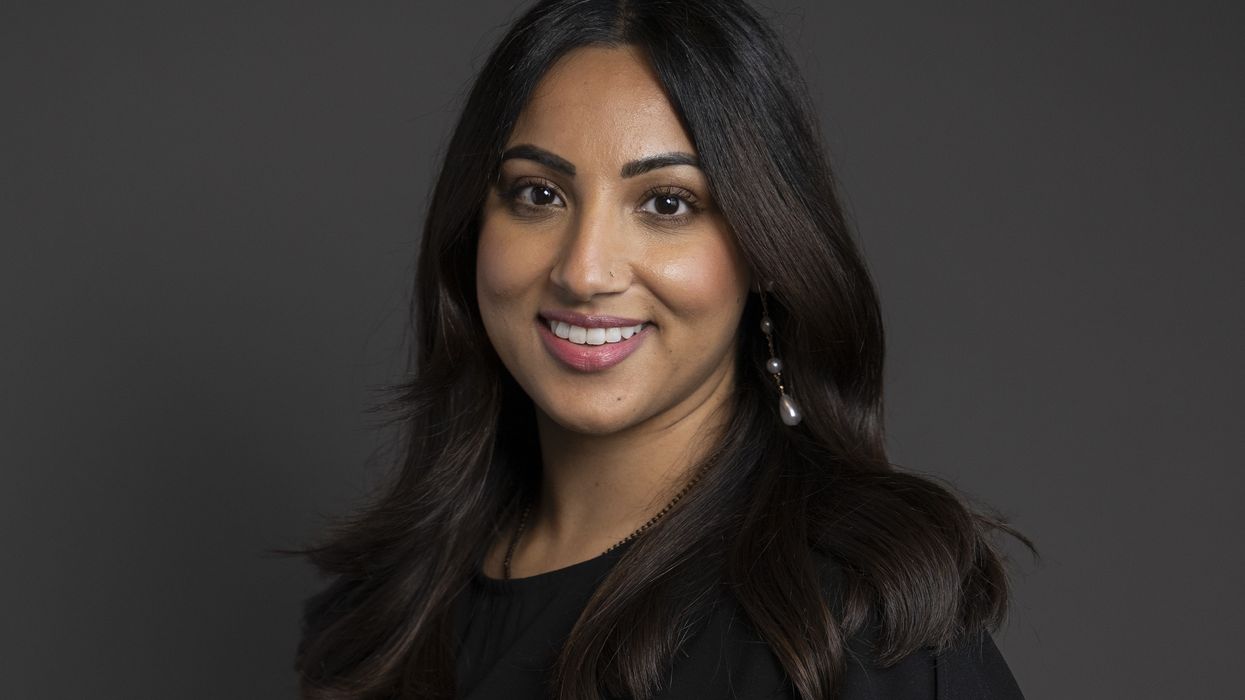
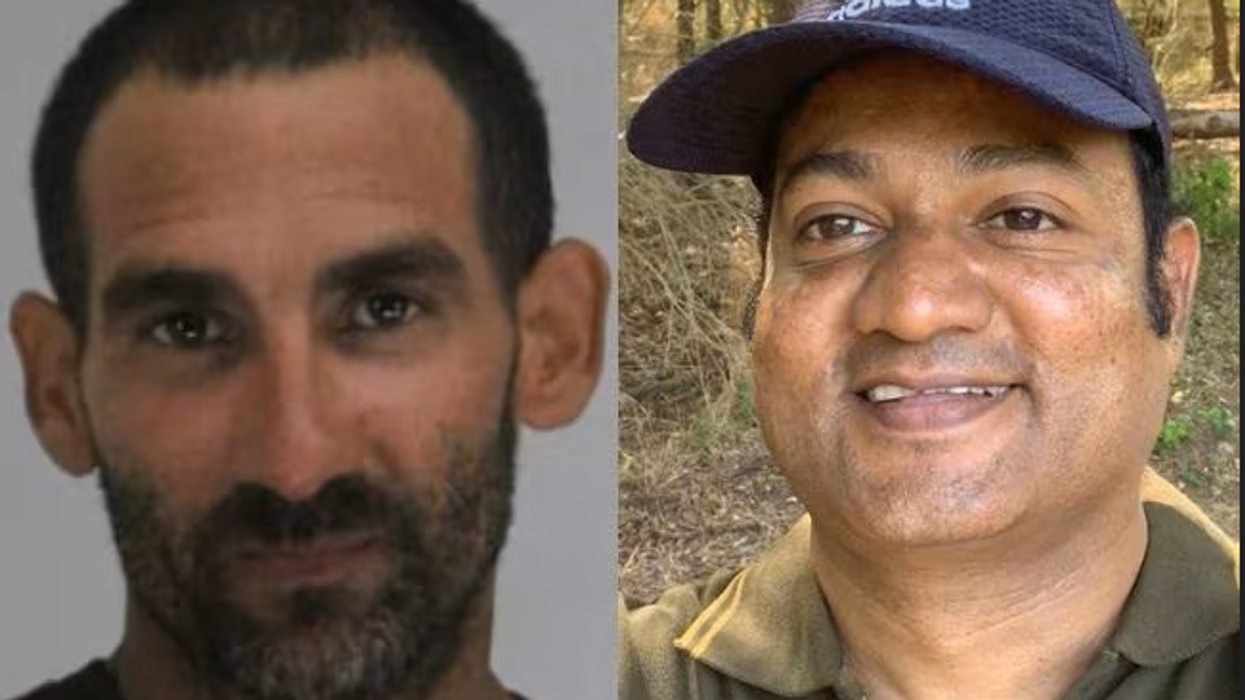
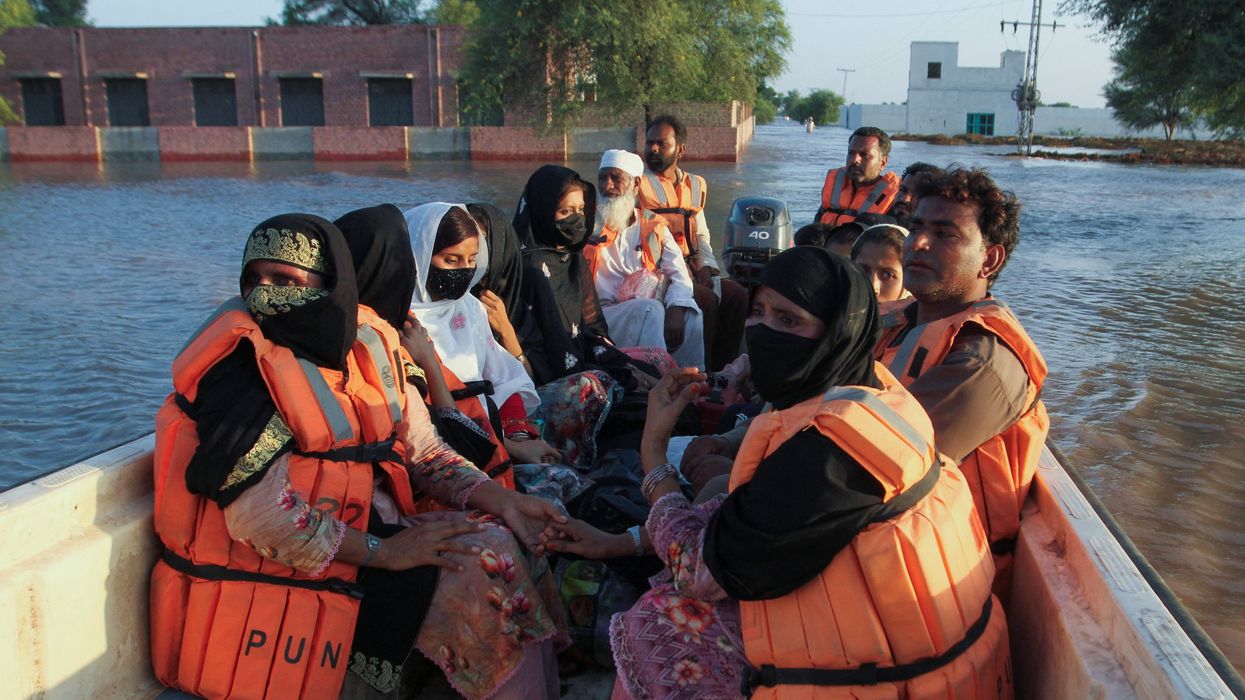
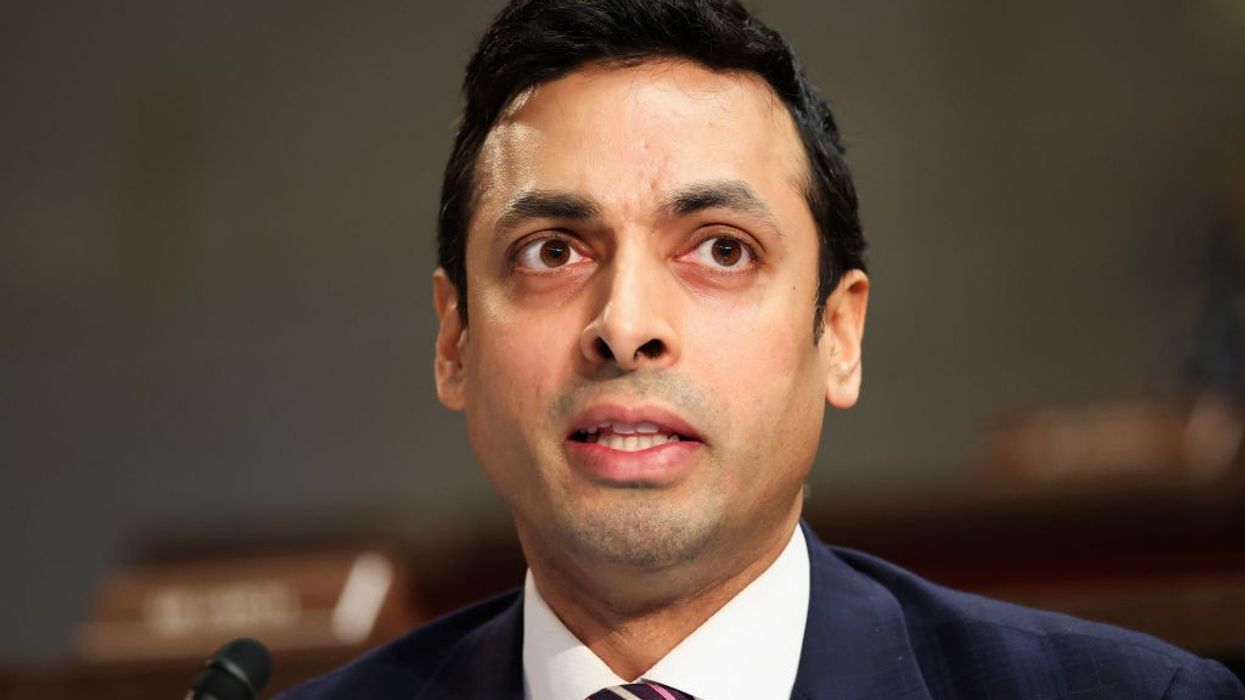



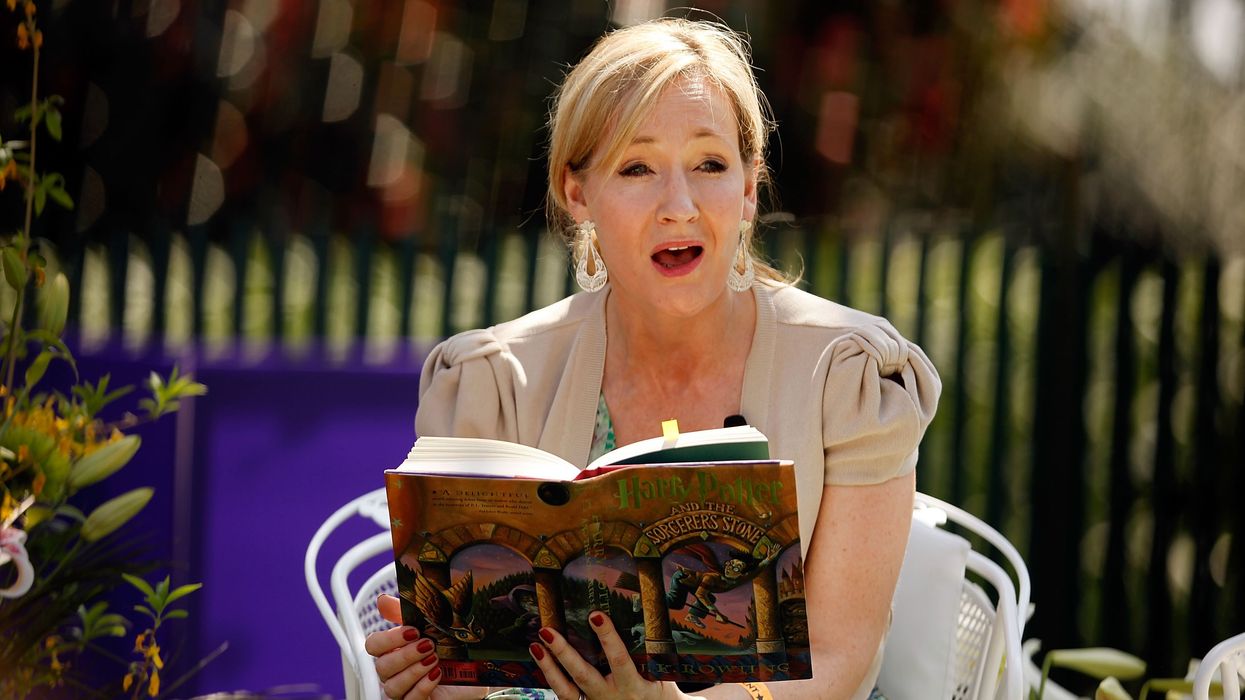
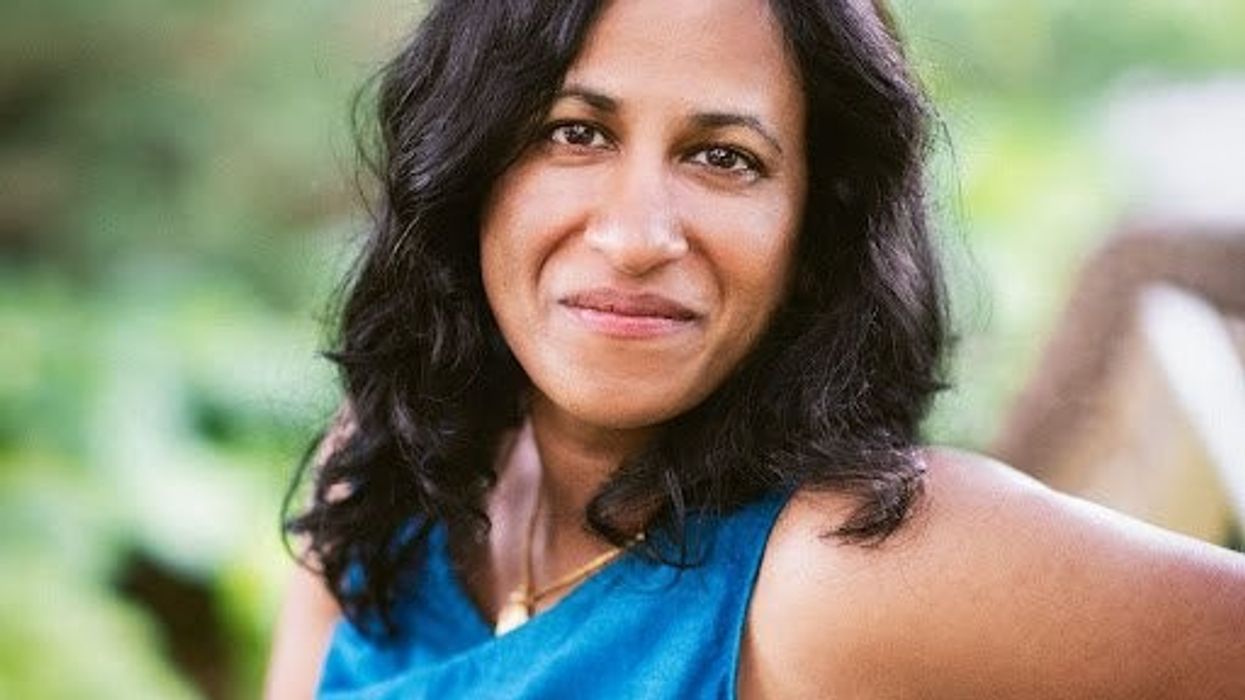
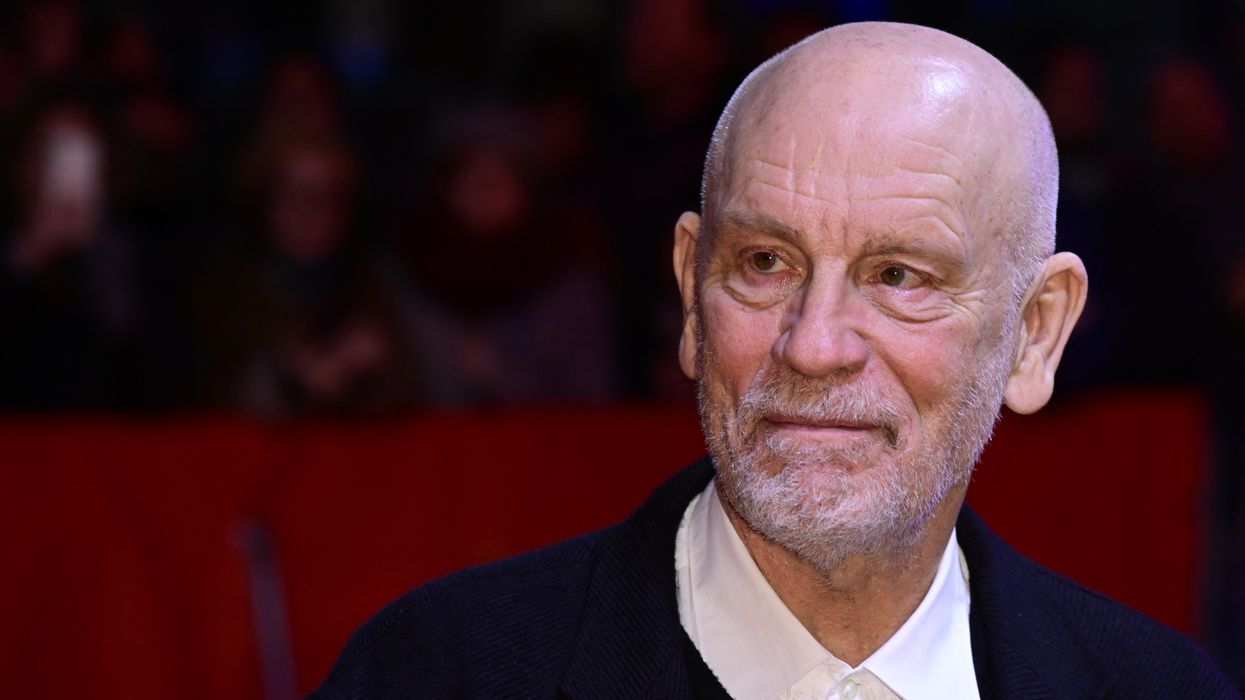
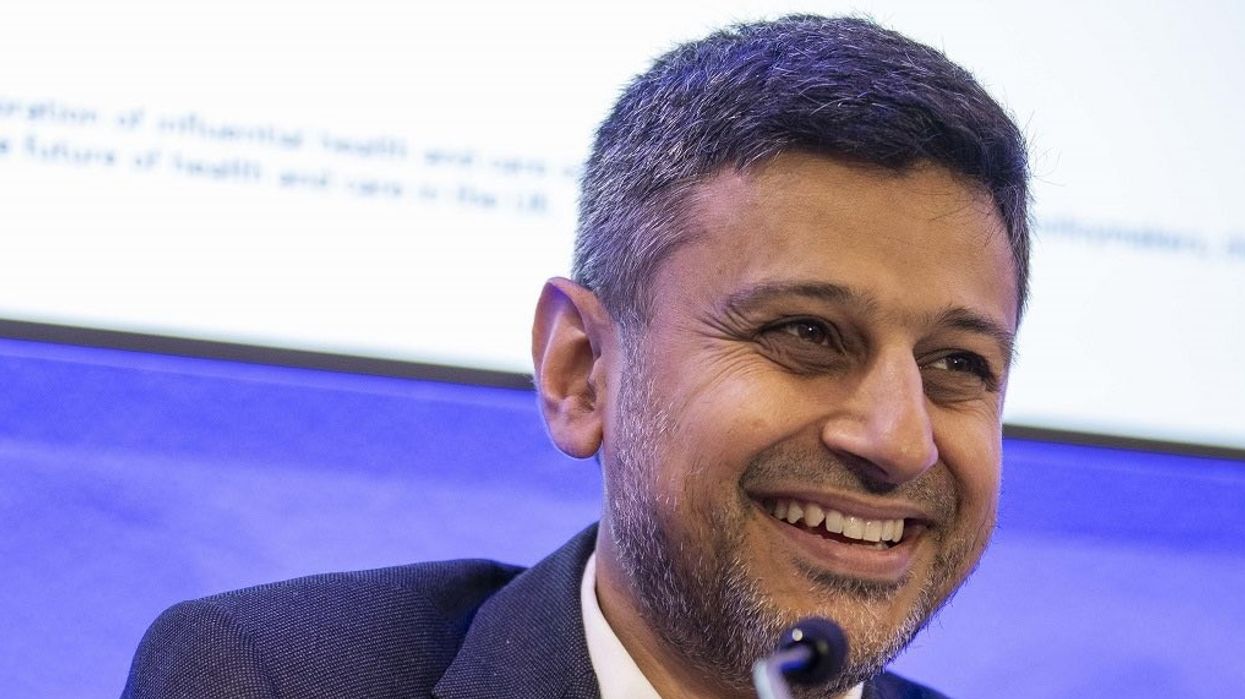

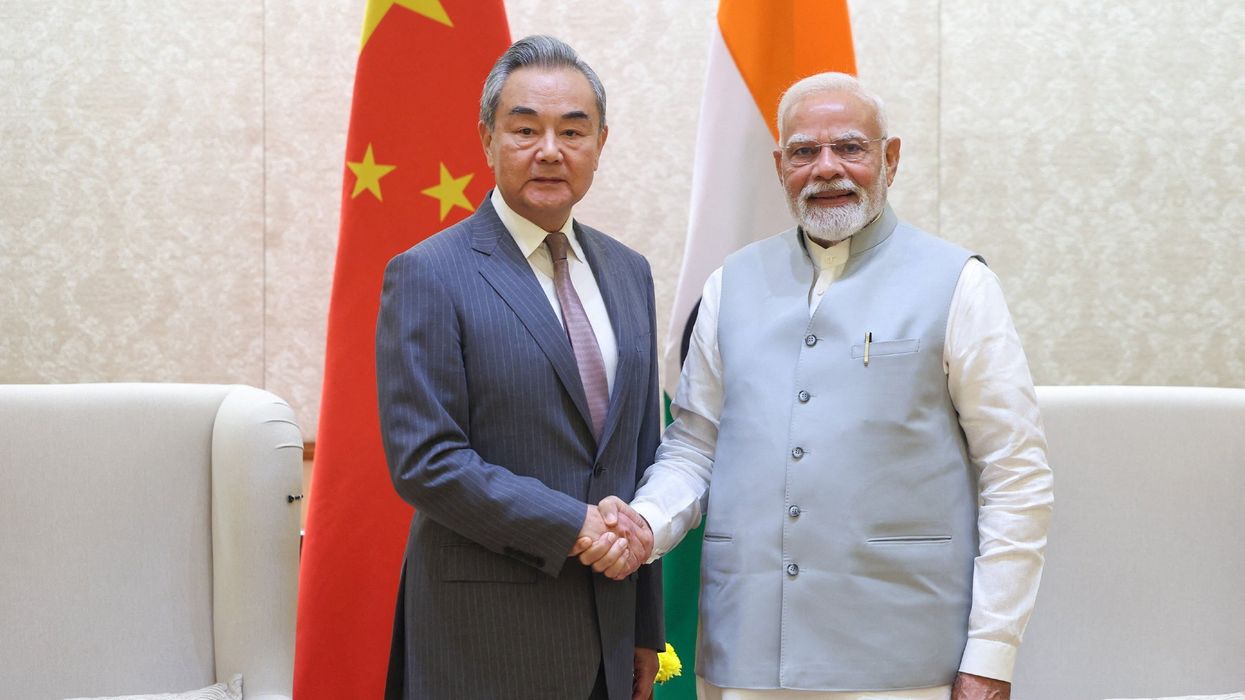

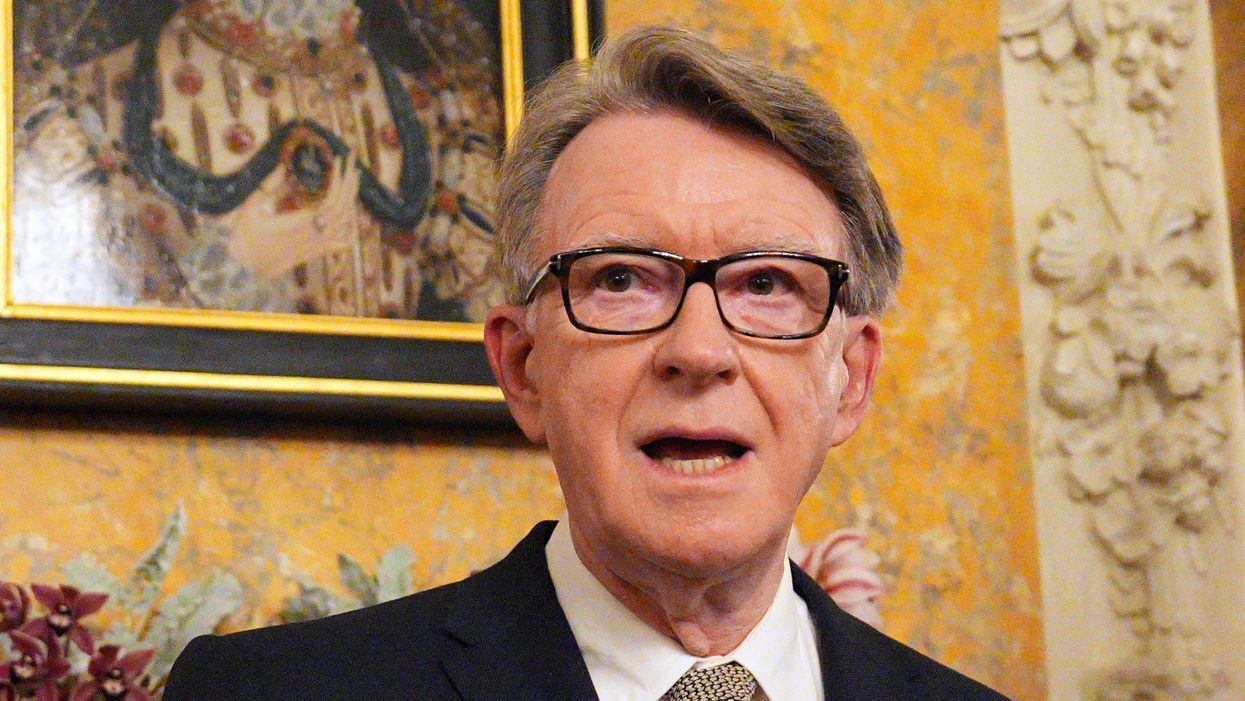

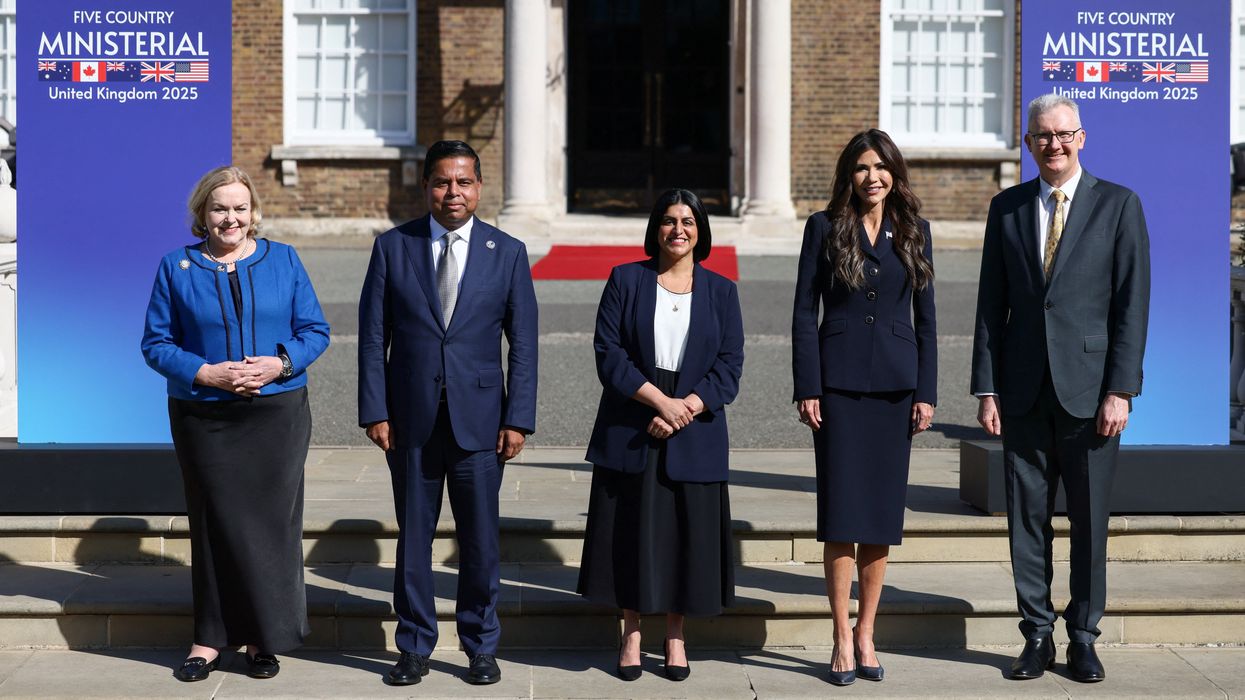
 Migrants in a dinghy crossing the English Channel
Migrants in a dinghy crossing the English Channel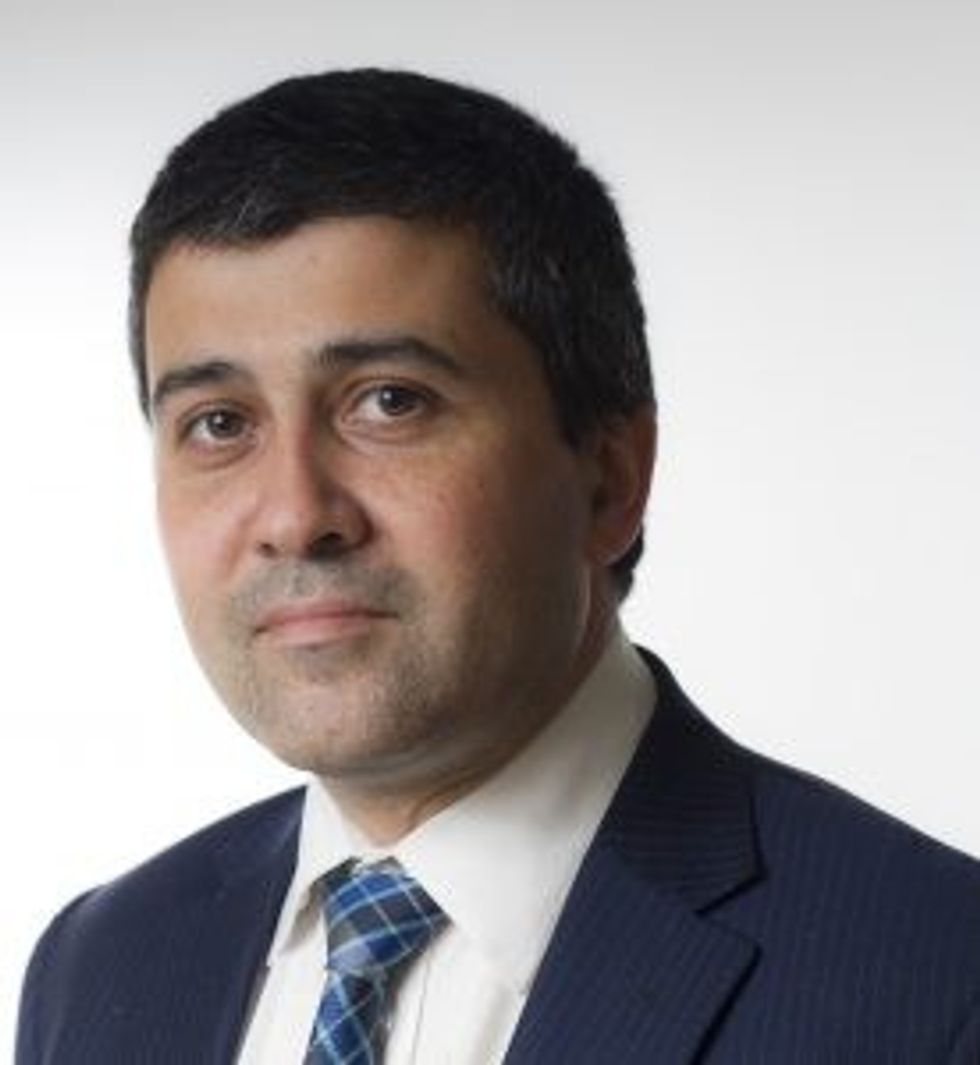 Sunder Katwala
Sunder Katwala